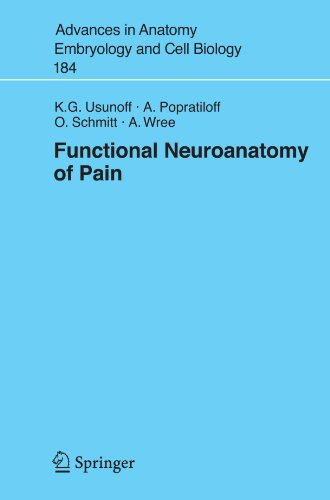

Most ebook files are in PDF format, so you can easily read them using various software such as Foxit Reader or directly on the Google Chrome browser.
Some ebook files are released by publishers in other formats such as .awz, .mobi, .epub, .fb2, etc. You may need to install specific software to read these formats on mobile/PC, such as Calibre.
Please read the tutorial at this link: https://ebookbell.com/faq
We offer FREE conversion to the popular formats you request; however, this may take some time. Therefore, right after payment, please email us, and we will try to provide the service as quickly as possible.
For some exceptional file formats or broken links (if any), please refrain from opening any disputes. Instead, email us first, and we will try to assist within a maximum of 6 hours.
EbookBell Team

5.0
88 reviews
ISBN 10: 3540281622
ISBN 13: 9783540281627
Author: K G Usunoff, A Popratiloff, Oliver Schmitt, Andreas Wree
Part I: Basic Principles and Peripheral Nociception
Part II: Spinal Cord Processing and Ascending Pathways
Part III: Brainstem and Thalamic Centers of Pain Processing
Part IV: Cortical and Subcortical Networks for Pain Experience
Part V: Neuroanatomical Basis of Specific Pain Syndromes and Future Directions
functional neuroanatomy of pain
neurophysiology and functional neuroanatomy of pain perception
what is functional neuroanatomy
does functional neurological disorder cause pain
functional pain examples
Tags: K G Usunoff, A Popratiloff, Oliver Schmitt, Andreas Wree, Functional, Neuroanatomy